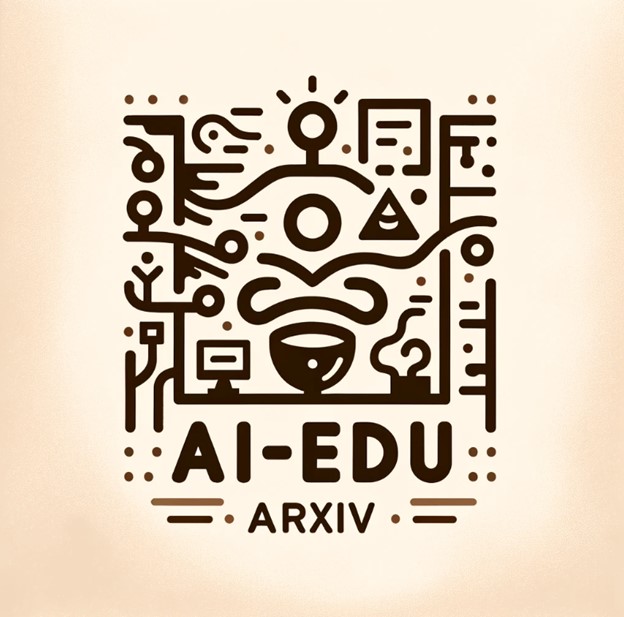Generative AI Results and Reality
An Assessment of Representation in Image Generation of Graduate Education
DOI:
https://doi.org/10.36851/ai-edu.vi0.4226Abstract
The accuracy of Generative Artificial Intelligence (GAI) tools is the product of the quality of underlying data used to train models, and the models themselves. This interplay between data and models can lead to differences in the accuracy of outputs provided to common prompts across different GAI tools. This study investigates the disparities in accuracy related to representativeness between the outputs of GAI tools and demographic data from National Center for Education Statistics (NCES) and large enrollment, regional comprehensive university in the western United States (CSU). Three GAI platforms - ChatGPT, Co-pilot, and Gemini were evaluated using five samples each, with the same instruction across all platforms: “Show a class of graduate students.” The GAI outputs were analyzed based on three demographic variables: gender, race, and age group. These outputs were then compared to national averages from the NCES for gender and race and the CSU for age group. Notably, the variances in the results showed broader distributions across the demographic variables. To assess accuracy, a representation rate metric was calculated, reflecting the average absolute variance from the NCES and CSU benchmarks. The findings highlight the opportunity of higher quality data in model training, as well as the necessity for improved algorithms and methodologies in GAI systems to represent complex demographic information more accurately.

